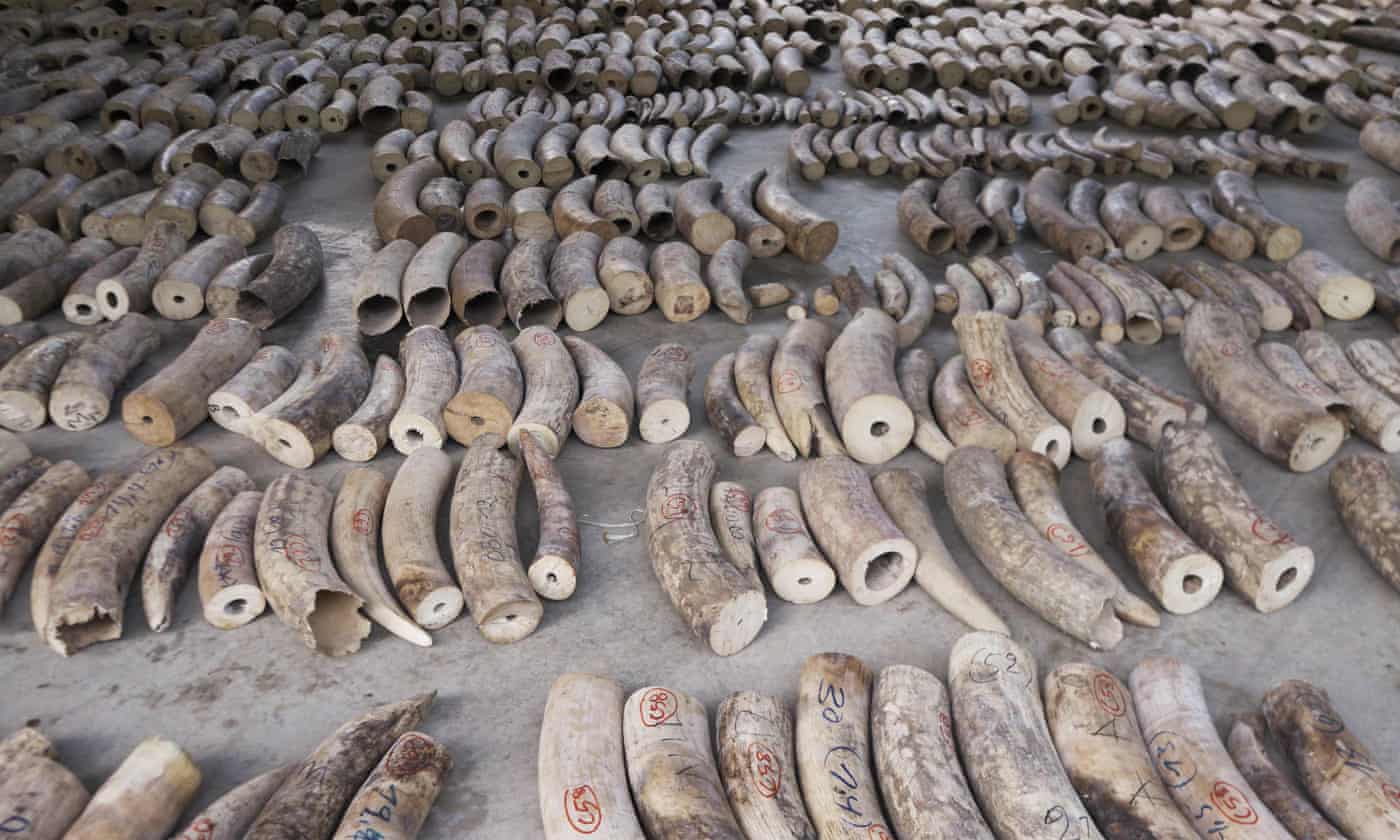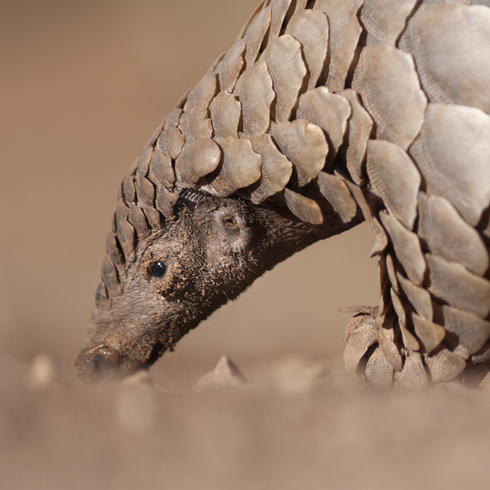From the NY Times:
Mark Kleiman, Who Fought to Lift Ban on Marijuana, Dies at 68
"Kelly Kleiman, his sister and only immediate survivor, said the cause was lymphoma and complications of a kidney transplant he received from her in April.
...
"Beginning in the mid-1980s, Professor Kleiman was best known for what was then a cry in the wilderness: a thesis that wars on drugs waged on the basis of enforcement had failed; that alcohol does more harm than cannabis; and that the cost of banning marijuana altogether outweighed any of the benefits of prohibition. At the same time, he warned that complete legalization remained a high-risk gamble."
From Reason magazine
RIP Mark Kleiman, Who Brought Rigor, Dispassion, and Candor to a Frequently Overheated Drug Policy Debate
The widely quoted and consulted academic died yesterday at the age of 68.
JACOB SULLUM | 7.22.2019 12:50 PM
"Back in 1989, Mark Kleiman published a book, Marijuana: Costs of Abuse, Costs of Control, that exemplified his calm, methodical, just-the-facts approach to drug policy. Kleiman argued that federal efforts to curtail cannabis consumption were ineffective and diverted resources from programs that had a better public safety payoff. Three years later, in Against Excess: Drug Policy for Results, he came out in favor of legalizing marijuana, arguing that the costs of prohibition outweighed its benefits. At a time when three-quarters of Americans still supported marijuana prohibition, Kleiman's position was striking, especially coming from a widely quoted and consulted academic who had the ear of policy makers."
*********
From The Intercept:
Remembering Mark Kleiman, a Relentlessly Thoughtful Scholar of Drug Policy, by Maia Szalavitz
"As an opponent of drug war dogma, he was willing to explore alternative approaches to punishment, rather than argue for it to be abolished entirely. That’s a sharp departure from much of the left, which has often been content to firmly oppose the moral stain that is mass incarceration without seriously grappling with what alternative policies might look like. At its best, Kleiman’s work and teachings made people on all sides think much more deeply about their positions, regardless of where they ultimately came down.
"Kleiman supported going after drug dealers, but selectively targeting only the most violent and disruptive, to avoid, essentially, creating evolutionary pressure in markets that would favor the most ruthless and cause the most harm."
**********
From the National Review:
Mark Kleiman Was the Nation’s Greatest Thinker on Drug Policy
By GABRIEL ROSSMAN
"As expressed in its most programmatic form in Against Excess, Kleiman applied rigorous economic logic, but with the curious inversion that the markets he studied have severe externalities and ruin the lives of their most devoted consumers. Market failure and high transaction costs are policy successes when the commodity is poison, and so good policy means encouraging bad market design. For instance, Kleiman favored a noncommercial approach to marijuana decriminalization precisely because he expected nonprofit or state-operated dispensaries to be less efficient than for-profit firms, and in particular less likely to grow the user base through advertising and make intense use more convenient. The billboards advertising dispensaries, and even marijuana delivery, that saturate Los Angeles are exactly what Kleiman thought sensible decriminalization should avoid.
"But just as good market design has to be careful, so does deliberately bad market design. A major argument in Against Excess is that if you make selling drugs risky by locking up drug dealers (or encouraging them to shoot each other over territory), you build in a risk premium to the price, which draws in suppliers who don’t mind risk. The better approach is to create a deadweight loss so you don’t encourage more supply. For illegal drugs, make it a time-consuming hassle to score. For legal drugs like tobacco and alcohol, impose stiff excise taxes. In both cases the consumer faces costs that do not benefit, and therefore encourage, sellers. These costs might not discourage addicts in the short run, but long-run demand is relatively “elastic”: Increased costs from hassle or taxes can discourage potential users from starting and encourage existing addicts to quit.
"A curious consequence of Kleiman’s logic is that he consistently preferred an emphasis on retail markets rather than high-level distributors or source-country trafficking. His reasoning was that street prices substantially reflect retail markup. In the United States and most European countries, retail markup is about half of the purity-adjusted street price for cocaine and heroin, and the domestic wholesale price itself is about five to ten times higher than the wholesale price in source countries. Source-country interdiction efforts do increase wholesale prices, but this has little effect on retail prices and destabilizes countries. For instance, if you have read Killing Pablo or seen Narcos, you know about the escalation of the dirty war against the Medellin cartel by American intelligence and the Colombian National Police in the early 1990s, but this bloodbath had only a trivial and short-lived impact on retail cocaine prices in the United States, which is still cheaper than it was in the crack era."
Mark Kleiman, Who Fought to Lift Ban on Marijuana, Dies at 68
"Kelly Kleiman, his sister and only immediate survivor, said the cause was lymphoma and complications of a kidney transplant he received from her in April.
...
"Beginning in the mid-1980s, Professor Kleiman was best known for what was then a cry in the wilderness: a thesis that wars on drugs waged on the basis of enforcement had failed; that alcohol does more harm than cannabis; and that the cost of banning marijuana altogether outweighed any of the benefits of prohibition. At the same time, he warned that complete legalization remained a high-risk gamble."
From Reason magazine
RIP Mark Kleiman, Who Brought Rigor, Dispassion, and Candor to a Frequently Overheated Drug Policy Debate
The widely quoted and consulted academic died yesterday at the age of 68.
JACOB SULLUM | 7.22.2019 12:50 PM
"Back in 1989, Mark Kleiman published a book, Marijuana: Costs of Abuse, Costs of Control, that exemplified his calm, methodical, just-the-facts approach to drug policy. Kleiman argued that federal efforts to curtail cannabis consumption were ineffective and diverted resources from programs that had a better public safety payoff. Three years later, in Against Excess: Drug Policy for Results, he came out in favor of legalizing marijuana, arguing that the costs of prohibition outweighed its benefits. At a time when three-quarters of Americans still supported marijuana prohibition, Kleiman's position was striking, especially coming from a widely quoted and consulted academic who had the ear of policy makers."
*********
From The Intercept:
Remembering Mark Kleiman, a Relentlessly Thoughtful Scholar of Drug Policy, by Maia Szalavitz
"As an opponent of drug war dogma, he was willing to explore alternative approaches to punishment, rather than argue for it to be abolished entirely. That’s a sharp departure from much of the left, which has often been content to firmly oppose the moral stain that is mass incarceration without seriously grappling with what alternative policies might look like. At its best, Kleiman’s work and teachings made people on all sides think much more deeply about their positions, regardless of where they ultimately came down.
"Kleiman supported going after drug dealers, but selectively targeting only the most violent and disruptive, to avoid, essentially, creating evolutionary pressure in markets that would favor the most ruthless and cause the most harm."
**********
From the National Review:
Mark Kleiman Was the Nation’s Greatest Thinker on Drug Policy
By GABRIEL ROSSMAN
"As expressed in its most programmatic form in Against Excess, Kleiman applied rigorous economic logic, but with the curious inversion that the markets he studied have severe externalities and ruin the lives of their most devoted consumers. Market failure and high transaction costs are policy successes when the commodity is poison, and so good policy means encouraging bad market design. For instance, Kleiman favored a noncommercial approach to marijuana decriminalization precisely because he expected nonprofit or state-operated dispensaries to be less efficient than for-profit firms, and in particular less likely to grow the user base through advertising and make intense use more convenient. The billboards advertising dispensaries, and even marijuana delivery, that saturate Los Angeles are exactly what Kleiman thought sensible decriminalization should avoid.
"But just as good market design has to be careful, so does deliberately bad market design. A major argument in Against Excess is that if you make selling drugs risky by locking up drug dealers (or encouraging them to shoot each other over territory), you build in a risk premium to the price, which draws in suppliers who don’t mind risk. The better approach is to create a deadweight loss so you don’t encourage more supply. For illegal drugs, make it a time-consuming hassle to score. For legal drugs like tobacco and alcohol, impose stiff excise taxes. In both cases the consumer faces costs that do not benefit, and therefore encourage, sellers. These costs might not discourage addicts in the short run, but long-run demand is relatively “elastic”: Increased costs from hassle or taxes can discourage potential users from starting and encourage existing addicts to quit.
"A curious consequence of Kleiman’s logic is that he consistently preferred an emphasis on retail markets rather than high-level distributors or source-country trafficking. His reasoning was that street prices substantially reflect retail markup. In the United States and most European countries, retail markup is about half of the purity-adjusted street price for cocaine and heroin, and the domestic wholesale price itself is about five to ten times higher than the wholesale price in source countries. Source-country interdiction efforts do increase wholesale prices, but this has little effect on retail prices and destabilizes countries. For instance, if you have read Killing Pablo or seen Narcos, you know about the escalation of the dirty war against the Medellin cartel by American intelligence and the Colombian National Police in the early 1990s, but this bloodbath had only a trivial and short-lived impact on retail cocaine prices in the United States, which is still cheaper than it was in the crack era."





